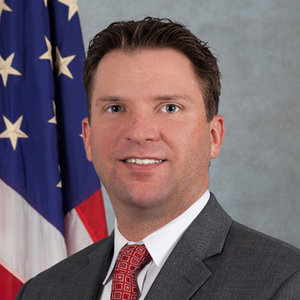“Focus on building quality into the clinical trial process through proactive compliance rather than ‘inspecting’ quality in,” David Burrow, director of the Office of Scientific Investigations within the Office of Compliance at the U.S. Food and Drug Administration (FDA) Center for Drug Evaluation and Research (CDER), told attendees of the ACRP 2021 virtual conference last week.
“At the trial level, the protocol is the blueprint for quality,” Burrow said. He encouraged attendees to “prospectively identify the important risks to subject safety and data reliability.” Savvy practitioners will “tailor the protocol and its delivery to eliminate or mitigate these important risks,” he added.
Drilling down, Burrow explained, “the goal isn’t an absence of errors; it’s the absence of errors that matter.”
Reflecting on how the FDA and the clinical trial industry handled operations as the COVID-19 pandemic hit, Burrow said, “I think the last 18 months may prove to be the most challenging times ever” for both.
Burrow also pleaded with clinical trial practitioners to focus on specifics when they develop protocols and other important documents. “‘May’ and ‘should’ are the dirty words of clinical research,” he said. Leaning on them too casually “breeds insecurity” in standard operating procedures (SOPs) and other pivotal areas of clinical trial operations, he explained. Instead, clearly describe what you will do in trial documents.
Stressing that “the safety of trial participants in paramount,” Burrow also advised attendees to engage with institutional review boards as early as possible when changes to the protocol or informed consent document are anticipated. “Documentation is key,” he noted.
Burrow also provided nine suggestions for how best to answer an FDA 483 (Inspection Observations) received following an inspection in order to lessen the potential for a more imposing follow-up Warning Letter:
- Include a commitment from senior leadership to focus on the 483.
- Address each FDA observation separately.
- Note whether you agree or disagree with the observation.
- Provide both corrective and preventive actions.
- Provide both completed and planned actions.
- Provide timelines for completion.
- Provide a method of verification or monitoring the effectiveness of the actions.
- Submit documentation along with the response, such as SOPs.
- Submit the response within 15 working days.
Author: Michael Causey



